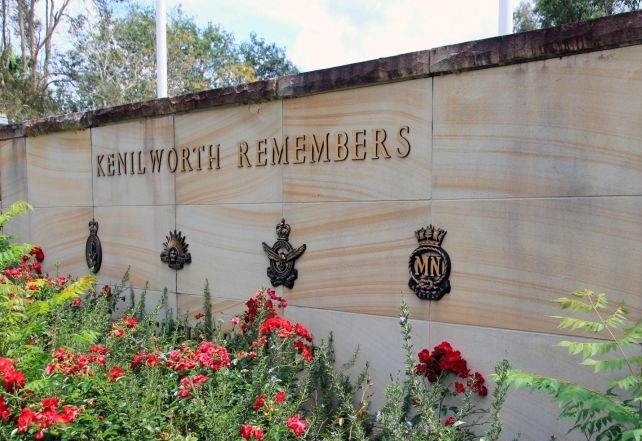
Queensland’s Kenilworth war memorial seems unremarkable to the average passerby. If you blink, you’ll miss it, and even if you don’t blink, you might still miss it.
But a keener observer would notice that there are four services represented. Along with the navy, army and air force, the memorial honours the merchant navy, acknowledging the role commercial sailors have played in Australia’s national defence.
It isn’t a military service, but in times of crisis—natural disasters, regional unrest and wars—the merchant navy has delivered food, fuel, medical equipment and arms to military efforts and kept the economy going at home. Merchant vessels have run raw materials to steel mills, fuel to distribution points, and other cargo around the country, often as defenceless targets.
Referring to the Second World War, Winston Churchill said of those wearing a merchant navy lapel badge: ‘If you ever meet one of those men, take your hat off to him because we would have lost the war if it was not for them.’
It’s no surprise, then, that the UK has made a largely bipartisan commitment since to maintain a strong merchant navy. It proved invaluable in the Falklands War, which couldn’t have been prosecuted without a requisitioned fleet of more than 40 merchant ships. One of them, the Atlantic Conveyor, was sunk by an Argentine missile, killing 12 personnel.
Rather than list the OECD countries that have maintained a merchant navy capacity, it’s simpler to name the countries that haven’t: Australia and New Zealand.
So, where does Australia rank as a shipping nation? We barely earn a mention in world shipping rankings. Even landlocked Switzerland outranks us, and the largest shipping country by tonnage globally is China.
This leaves Australia too dependent on foreign interests to move our international, and even domestic, cargo over sea.
Unsurprisingly, China performs the largest component of our sea trade, despite being unquestionably our biggest potential adversary. What would Australians think if, when they wished to fly from Sydney to Melbourne, their choices were overwhelmingly flights with China Airlines, alongside a smattering of Air India, Indonesia’s Garuda or Russia’s Aeroflot?
During the Mallacoota bushfires in January 2020, geographical luck meant that one of the few remaining Australian-crewed merchant vessels was in the area supporting the Bass Strait oil fields. It made it to Mallacoota 24 hours before the navy and provided fuel, water, supplies and, critically, a last-resort method for evacuation if needed.
During World War II, 30 Australian merchant vessels were sunk running supplies around our coast. We had the capacity to endure that then. During the 1999–2000 Australia-led operations in East Timor, two Australian-crewed merchant vessels were chartered to run supplies to Dili for some months. But that local supplier no longer exists.
A merchant fleet also provided a maritime training ground that Australia still badly needs. As an island nation dependent on sea trade, Australia needs skilled sailors, harbour masters, marine pilots, tug masters and engineers, safety regulators, port operations managers, and technical managers and marine managers for exports.
Without a strong merchant navy, we put ourselves on the path to importing these skills. It’s unacceptable that those who manage our ports, who pilot ships into and out of port, and who manage our maritime safety could be non-Australians.
Costs and industrial relations issues are cited as the reason for the hollowing out of the Australian merchant navy, but that doesn’t stop the French and other countries with frequently contested industrial frameworks from achieving ample commercial maritime resilience. The truth is we haven’t bothered, because we’ve been busy enjoying the longest period of uninterrupted economic growth the world has ever recorded. In pursuit of this growth, we accepted offers from the lowest bidder and decimated the fourth emblem on the memorial wall at Kenilworth.
If the federal government is truly seeking to build national resilience, it needs to overcome the barriers to rebuilding a merchant navy.
It can start with the seafarer tax and maritime corporate taxes, which should be aligned with those of comparable countries in the OECD.
Also, ships registered on the Australian international shipping register should be allowed trade on the Australian coast 12 months a year, and all government contracts for commercial shipping should be reviewed to ensure that they include provisions for Australian content and the training of Australian deck and engineering officers.
Finally, it’s time the government made good on its election promise of delivering a strategic fleet of 12 vessels with commercial partners for this exact purpose.
These measures taken together may not fix the problem alone, but they will breathe life into an Australian merchant navy that will be strategically critical for decades to come.

